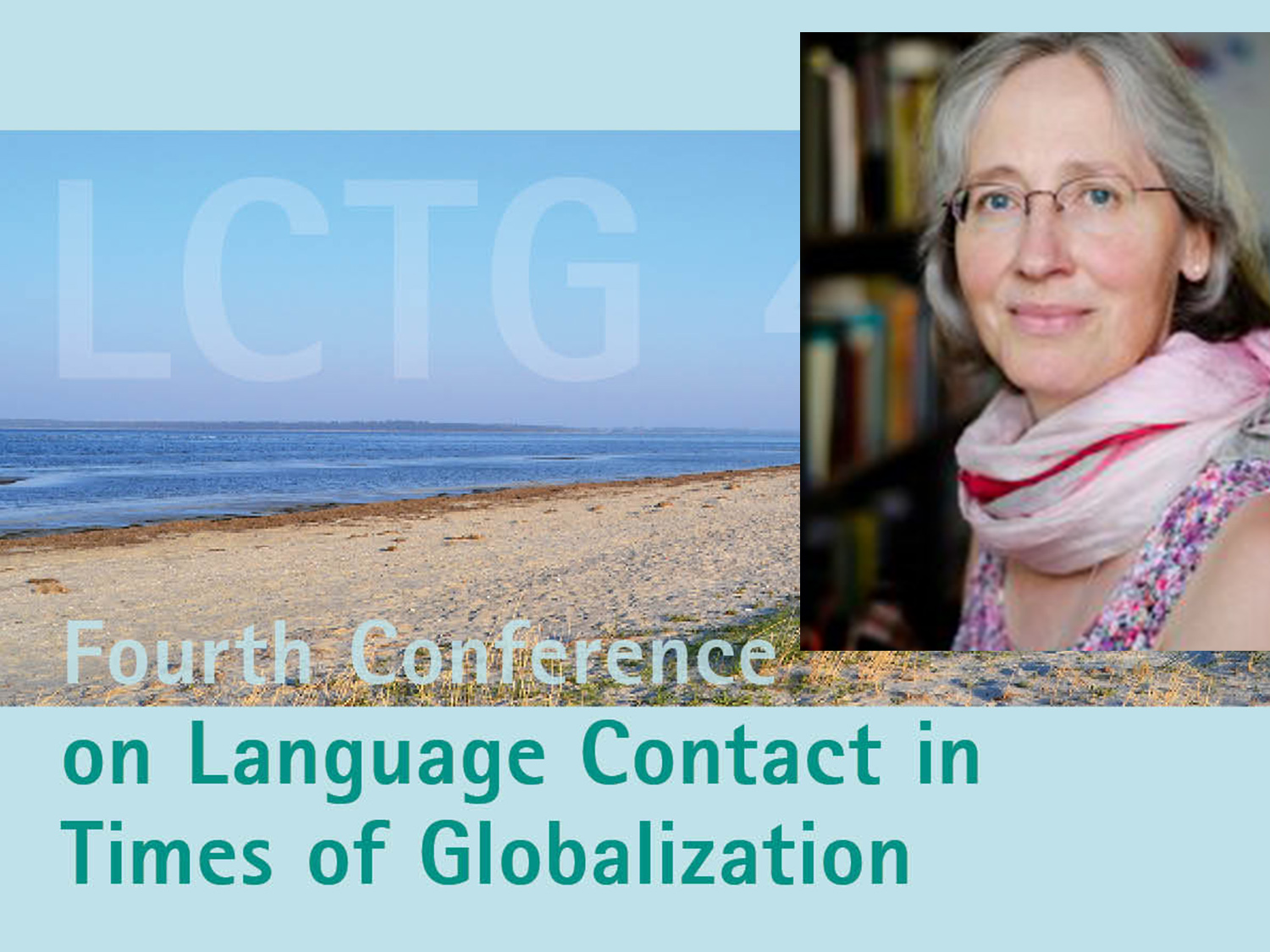In this talk I start out from the observation that creole languages differ from one another in a great number of grammatical features. Some creoles have obligatory subject pronouns, others do not; some creoles mark the possessor in noun phrases, others do not; some creoles have double-object constructions, others have indirect-object constructions, and so on. But when rigorously comparing a large number of these contact languages with each other (as in the Atlas of Pidgin and Creole Language Structures, apics-online.info), a striking picture emerges: the structural variation is far from random, instead we notice that when it comes to the inheritance of grammatical features, there is a clear division of labor between the contributing languages, the substrate languages and the lexifier languages. Lexifier languages pass on the main word order patterns (besides the bulk of the lexicon), whereas substrate languages pass on grammatical features relating to valency and tense, aspect, and mood (TAM) categories (and phonological patterns). I propose that this is because in the process of language shift, the creole creators systematically imitate valency patterns and TAM distinctions from their main languages into the nascent creoles, whereas they adopt major word order patterns from the lexifier languages. As creole languages arise in sociolinguistic contexts with many second-language speakers, extra clarity of the intended meaning becomes essential. Therefore, creoles show an extremely rich array of innovative refunctionalization and grammaticalization of erstwhile lexifier material to express the abstract meanings of the substrate languages (e.g. English one > indefinite article wan in Sranan; French avec ‘with’ > dative marker ek in Mauritian Creole; Portuguese já ‘already’ > perfective marker dja in Batavia Creole).
Susanne Maria Michaelis is a postdoc in the ERC-funded research project Grammatical Universals at Leipzig University. She studied linguistics and Romance Philology in Bonn, Poitiers, and Freiburg/Br., and received her Ph.D. degree from the Albert-Ludwigs-Universität Freiburg.
She is one of the four editors of the Atlas of Pidgin and Creole Language Structures (APiCS, OUP 2013). Her special expertise is Seychelles Creole, a French-based creole of the Indian Ocean (Temps et aspect en créole seychellois, 1993; Komplexe Syntax im Seychellen-Kreol 1994).

